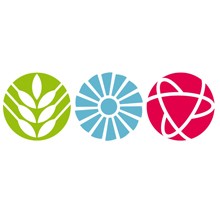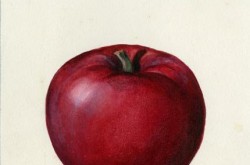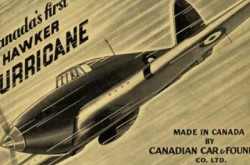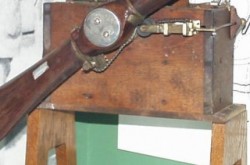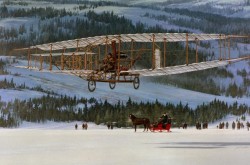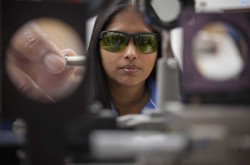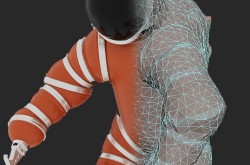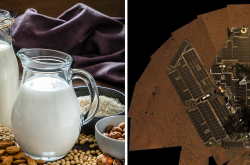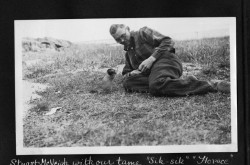3D Model of the Periodic Table
This article was originally written and submitted as part of a Canada 150 Project, the Innovation Storybook, to crowdsource stories of Canadian innovation with partners across Canada. The content has since been migrated to Ingenium’s Channel, a digital hub featuring curated content related to science, technology and innovation.
Canadian scientist Dr Don Stedman conceived and built this 3-D model of the periodic table of elements in 1947. The periodic table is a map of the universe’s building blocks — elements such as hydrogen and oxygen, which form water. The table, instantly recognizable even by those unfamiliar with chemistry, shows the known elements arranged according to their atomic number, which is the number of protons in an atom’s nucleus. Scientists have been tinkering with the periodic table’s form ever since Dmitri Mendeleev produced the first table in 1869. Stedman arranged the table as a three-dimensional cone with hydrogen at the pinnacle: the other elements are distributed around the cone — and onto its fins — according to their chemical properties and atomic relationships. Stedman, who worked for the National Research Council of Canada, believed his model established a more “orderly development and classification of the elements.”
Download your own 3D model of the periodic table!
Like Dr. Don Stedman, you too can now create your own 3d model! As part of the Canada Science and Technology Museum`s ongoing effort to share artifacts with Canadians from coast to coast, a 3D scan was done of this model, that can be downloaded and printed.
National Research Council 3D Periodic Table
by techno-science3d
on Sketchfab
Eric Scerri, a periodic table historian, estimates that at least 1,000 different forms of the periodic table have been produced since Mendeleev’s.



![3D Model of the Periodic Table [Ingenium 1995.0335]](/sites/default/files/styles/large_1/public/2019-05/artifact-1995-0335-periodic-table3.jpg.webp?itok=xTiQ9F4N)
